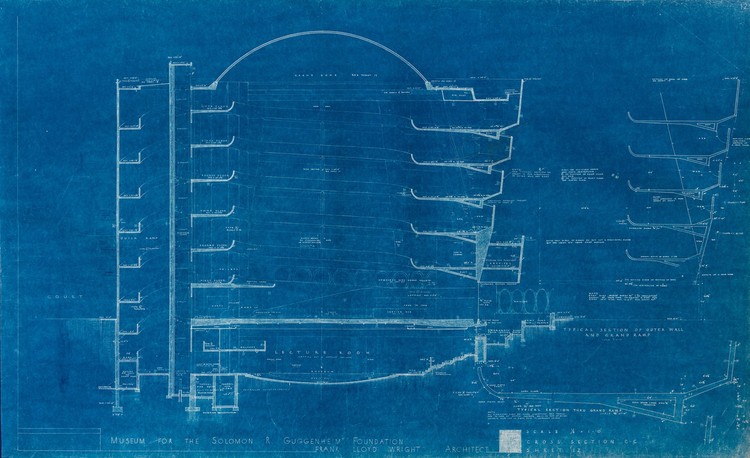
Millennial Pink has broken into the design consciousness of more than its named generation. Though hugely successful in fashion and pop-culture (and Instagram), the playful color has established a presence across design products and the built environment like never before. Colour is a fundamental tool in our perception of architecture, with architects like Ricardo Bofill and Luis Barragan having baptized pink into a high-impact contributor through their works. With that in mind, check out these 13 projects showing why pink is here to stay:


















.jpg?1479223605)
.jpg?1479221177)
.jpg?1479235657)
.jpg?1479305949)




.jpg?1496789104)


























.jpg?1496153834)



.jpg?1496153929)